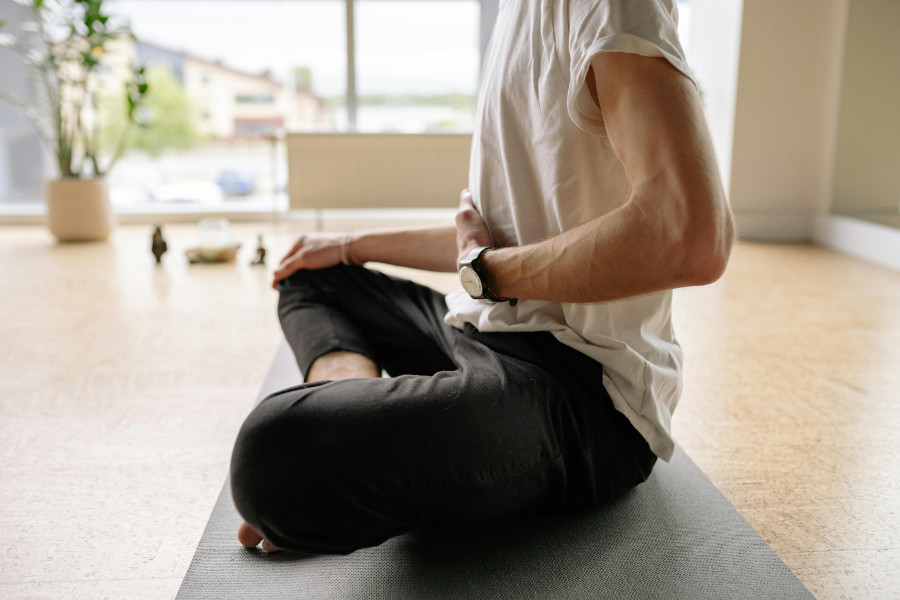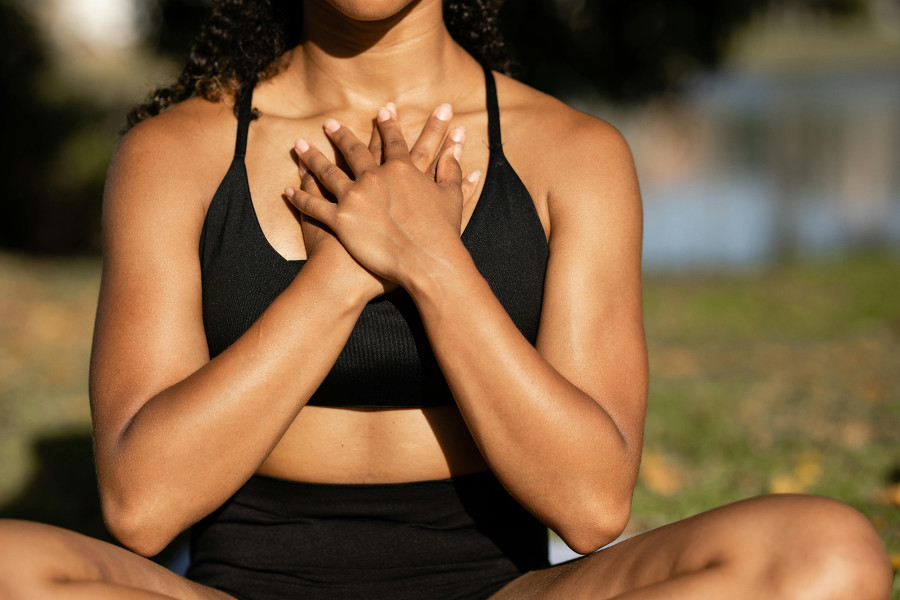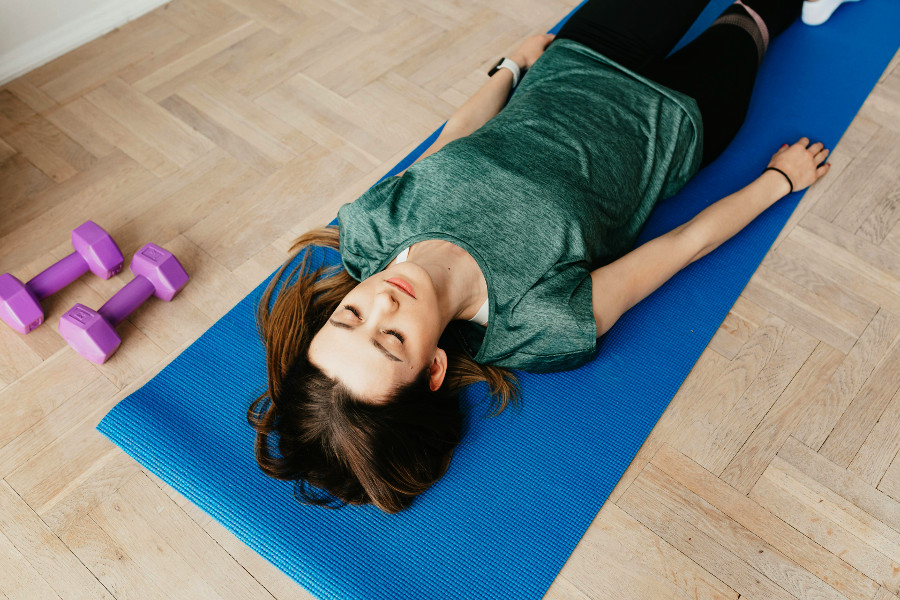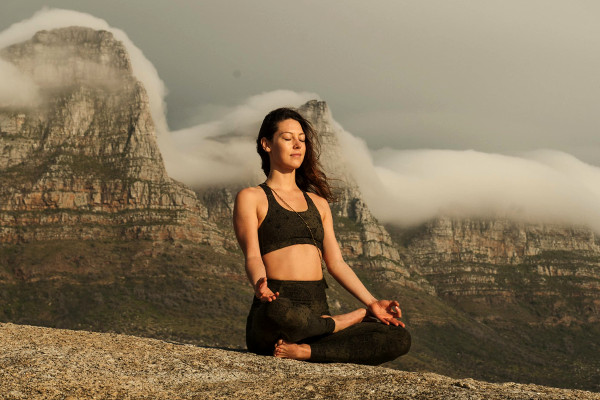Breath Work: How to Use Breathing Exercises for Stress Relief, Sleep, and Improved Performance
Breathing exercises are more than just a way to relax – they’re a powerful tool for enhancing your physical and mental well-being. From reducing stress and anxiety to boosting athletic performance and improving sleep quality, these simple techniques can make a big difference in your daily life. Whether you’re new to breathing exercises or looking to deepen your practice, this guide offers answers to the most common questions, helping you harness the full potential of your breath for a healthier, more balanced life.

What are breathing exercises?
Breathing exercises are simple yet effective techniques aimed at helping you regain control over your breath. At their core, they focus on breathing slowly, deeply, and with intention, creating a moment of mindfulness in our fast-paced lives. By practicing these exercises, you’re allowing your body to relax, recalibrate, and reset. They can be done almost anywhere – at home, at work, or even while commuting. Breathing exercises are designed to reduce stress, enhance mental clarity, and bring balance to your overall well-being. And let’s face it, we could all use a little more balance in our lives, especially in a world that constantly demands more from us.
Popular breathing exercises:
- belly breathing
- box breathing / square breathing
- 4-7-8 breathing
- alternate nostril breathing
- pursed-lip breathing
- deep breathing
- yoga breathing exercises (Pranayama)
What are the mental health benefits of breathing exercises (e.g. stress relief, reducing anxiety, etc.)?
Breathing exercises are a great way to calm your mind and restore inner peace. When we’re stressed or anxious, our breath becomes shallow and fast, often making the situation feel worse. By practicing controlled breathing, you can reverse this, signaling your body to relax. Slow, deep breaths trigger your parasympathetic nervous system, which lowers heart rates and reduces stress hormones. This process not only relieves anxiety in the moment but, when practiced regularly, builds resilience against future stress. It’s a simple tool that’s always available to you, especially when you need it most – without any gadgets or apps, just your breath and a moment of stillness.
How can breathing exercises improve sleep quality?
If you struggle to get a good night’s rest, breathing exercises might be the natural remedy you’ve been searching for. Our bodies often hold tension in ways we don’t even notice, which can make it hard to unwind and fall asleep. Breathing techniques, especially those that focus on slow, deep inhalations and exhalations, help activate the body’s relaxation response. This reduces the production of stress hormones and signals your brain that it’s time to sleep. Incorporating these exercises into your bedtime routine can ease your mind, calm your nervous system, and create the perfect environment for a restful night. Sleep quality is all about creating the right conditions – breathing exercises help set the stage.
How can breathing exercises improve athletic performance?
Breathing exercises aren’t just for relaxation – they can actually elevate your performance in sports and fitness too. When we’re exerting ourselves physically, we often forget to breathe deeply and rhythmically, which can lead to fatigue and reduced stamina. By practicing breathing techniques, you train your body to deliver more oxygen to your muscles, allowing you to perform at your best. Breath control also helps manage stress during intense activity, which can improve focus and endurance. Whether you’re running, lifting, or doing yoga, breathing exercises enhance your body’s efficiency, ensuring you can push yourself further while staying in control of your energy and focus.

How often should I practice breathing exercises?
Breathing exercises are most effective when practiced consistently, but you don’t need to carve out hours of your day to reap the benefits. Even a few minutes of mindful breathing every day can do wonders. Ideally, set aside 5-10 minutes each morning or evening to center yourself with some deep, slow breaths. If you’re trying to reduce anxiety or improve sleep, incorporating short sessions throughout the day – when you’re feeling stressed, before meetings, or before bed – can make a noticeable difference. The key is to make breathing exercises a regular part of your routine, so you begin to naturally tap into their calming benefits whenever you need them.
Can breathing exercises help with respiratory conditions like asthma?
Breathing exercises can be incredibly helpful for managing asthma and other respiratory conditions, but they shouldn’t replace medical treatment. Techniques like diaphragmatic breathing help strengthen the respiratory muscles, improve airflow, and make it easier to control your breath during an asthma attack. By practicing these exercises, you can increase your lung capacity and reduce shortness of breath. In addition, breathing exercises can help reduce anxiety, which can sometimes exacerbate asthma symptoms. While these exercises won’t cure asthma, they can certainly improve your ability to manage it and live a more active, comfortable life alongside it.
What is diaphragmatic breathing or deep breathing?
Diaphragmatic breathing, also known as deep breathing, is a technique that focuses on using your diaphragm to draw air deep into your lungs. This contrasts with shallow chest breathing, which many people do without realizing it. When you practice diaphragmatic breathing, you actively expand your belly as you inhale and gently contract it as you exhale, ensuring that your lungs fill completely. This type of breathing reduces tension, helps calm the nervous system, and can lower your heart rate and blood pressure. It's a simple yet powerful way to reduce stress, improve oxygen delivery, and enhance both your physical and mental well-being.
What is lateral breathing and is it the same as diaphragmatic breathing?
Lateral breathing is a technique that involves expanding your ribcage sideways during inhalation, rather than focusing solely on expanding your abdomen like in diaphragmatic breathing. It helps activate the intercostal muscles, which are the muscles between your ribs. Lateral breathing is often used in practices like yoga or singing, where you need better control over your breath. While it’s similar to diaphragmatic breathing in its goal of improving lung capacity and oxygen intake, lateral breathing focuses more on expanding the chest and ribcage. Both techniques are beneficial for overall respiratory health, but lateral breathing adds an additional layer of control for specific applications.

What is the Buteyko Method?
The Buteyko Method, developed by Russian doctor Konstantin Buteyko, is a unique approach to breathing designed to reduce hyperventilation and improve oxygen efficiency in the body. The method emphasizes slow, shallow breathing, typically through the nose, in order to restore the balance between oxygen and carbon dioxide levels. It’s especially helpful for individuals with asthma, chronic respiratory conditions, or anxiety disorders. By practicing controlled breathing and gradually increasing breath-holding capacity, the Buteyko Method can improve lung function and reduce the frequency of asthma attacks. It’s a gentle, natural way to support better breathing, but should always be combined with professional medical advice.
What is the Wim Hof Method?
The Wim Hof Method is a powerful practice combining specific breathing exercises, cold exposure, and meditation to enhance both physical and mental resilience. The breathing part involves a series of deep inhalations followed by breath retention, designed to increase oxygen levels and trigger beneficial physiological changes in the body. Cold exposure, such as ice baths, is used to activate the body’s natural healing processes and improve circulation. This method has gained global attention for its ability to increase energy, reduce stress, and improve immune function. Whether you’re an athlete or just looking to boost your overall health, the Wim Hof Method can help you unlock new levels of endurance and well-being.
What is the Oxygen Advantage Method by Patrick McKeown?
The Oxygen Advantage Method, created by Patrick McKeown, is a revolutionary breathing technique that focuses on improving oxygen efficiency and increasing your body’s ability to perform under pressure. By encouraging slow, controlled breathing and practicing breath-holding exercises, the method helps to enhance lung capacity, increase CO2 tolerance, and promote more effective breathing patterns. This method is particularly beneficial for athletes looking to improve endurance, as well as individuals looking to reduce stress and improve overall health. By optimizing your breath, you not only improve physical performance but also increase mental clarity and emotional balance, making it a holistic approach to well-being.
What is Pranayama breathing in yoga?
Pranayama is the ancient practice of breath control in yoga, designed to regulate the flow of life force (or prana) through the body. Derived from the Sanskrit words “prana” (life energy) and “ayama” (control), pranayama involves various techniques to enhance energy, reduce stress, and improve mental clarity. It’s much more than just breathing – it’s about cultivating awareness of the breath and using it to create balance and harmony within. Common pranayama techniques, like Ujjayi or Nadi Shodhana, can energize or calm the body, depending on the needs of the practitioner. Whether you’re looking for relaxation or increased focus, pranayama is a powerful tool for unlocking greater physical and mental vitality.
Resources, further reading
Here are a few useful resources for further reading:
- Yoga Breathing and Longevity - PubMed
- Yogic Breathing and Inflammation - PubMed
- Breathing Exercises and Stress Reduction - PMC
- Headspace Meditation App Review - New York Post
- Coherent Breathing - Verywell Mind
- r/Breathwork - Reddit
- r/Meditation - Reddit
Enjoy your discovery of the many benefits of breathing exercises.



